
Docker twists left on testing with AtomicJar
Software containers stalwart Docker, Inc. has acquired AtomicJar, a company known for its status and stewardship of the open source project Testcontainers. If it were not immediately obvious from the name, Testcontainers is focused on testing containers, container testing and testing with container... Read more
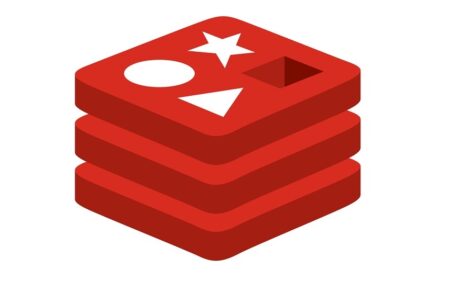
Redis extends to add vector search & wider tools
Databases are still changing. Despite having been on the planet for some 60-years depending on which history of data analysis you care to read, the development of databases continues to grow every year. Primarily driven by new use cases for data, databases of all descriptions are also evolving due ... Read more
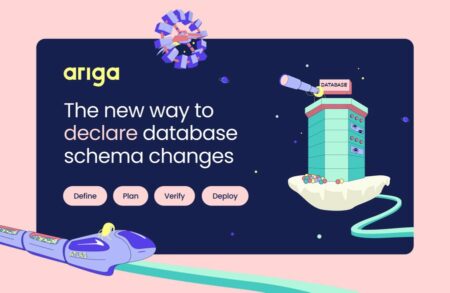
Database evolutions: caching in with schema-as-code
Databases move. By their nature, developers and database administrators (DBAs) along with the full cadre of Ops-operations staff need to move data from one place to another - sometimes between applications, connected services and API endpoints, but sometimes between higher-level operating systems, ... Read more
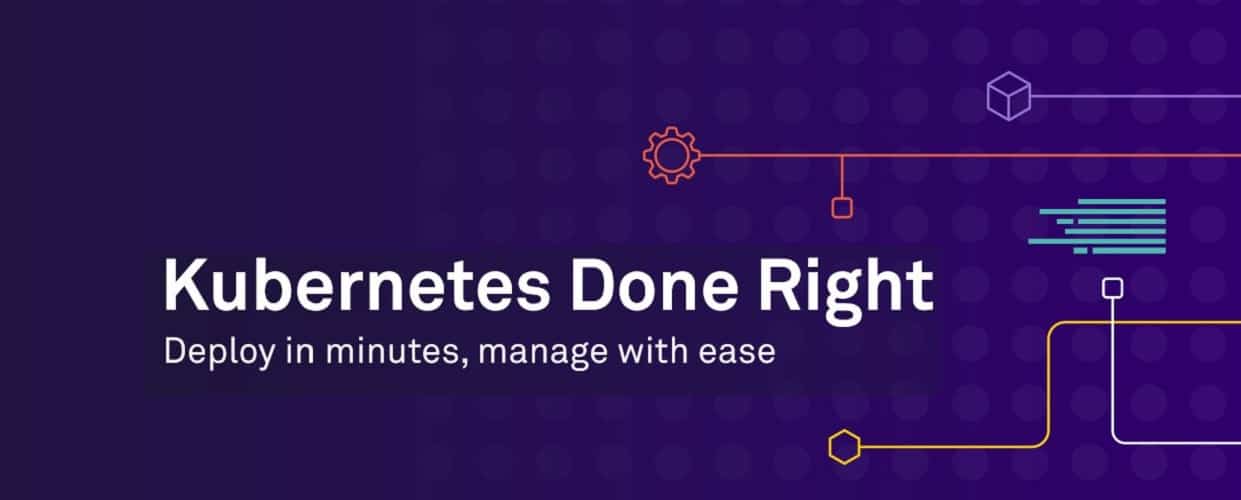
D2iQ CTO: How to breathe easy in air-gapped environments
The drive to finesse software application development practices aligned to specific types of applications and data services continues to expand and diversify. Among the more ‘high-end’ software engineering disciplines is the move to harness air-gapped development practices.
When we talk abou... Read more
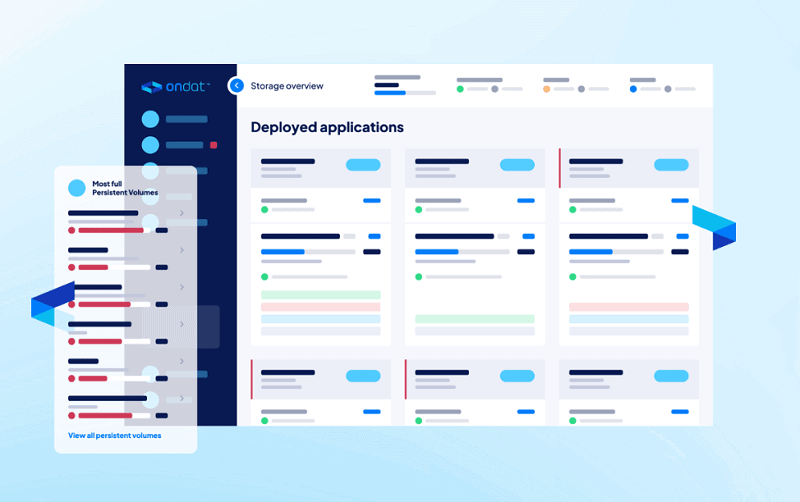
Akamai acquires data storage startup Ondat
Akamai is further expanding its Kubernetes technology with the acquisition of data storage startup Ondat.
The acquisition, financial details of which were not disclosed, gives Akamai a data storage platform focused on the Kubernetes container orchestration platform. With the Ondat data storage p... Read more

Pulumi takes Infrastructure-as-Code to the next level
To develop modern applications quickly and properly, you need a modern way of working. The cloud makes demands on developers, who are not necessarily specialists when it comes to setting up the underlying infrastructure. Pulumi wants to lend a helping hand with open-source Infrastructure-as-Code (I... Read more

OVHcloud: Cloud-native at scale needs Kubernetes Operators
Enterprise organisations need cloud. They need cloud computing services to be fast to deploy, flexible to operate and robust to operate. But what all those attributes really come down to is the fact that businesses need cloud computing services that scale. Remy Vandepoel, technical cloud evangelist... Read more
 Expert talks
Expert talks

Planning for failure – Avoiding the biggest mistakes made by Kubernetes developers
As our industry continues to hurtle towards more container-based applications orchestrated via Kubernetes, many developers are finding themselves needing a crash course in best practices related to this transformational approach. That’s not unusual, as, despite its hype, this is still a relativel... Read more

Lightbend illuminates cloud-native application development
Building true cloud-native applications is, obviously, not as simple as ‘spinning up’ a cloud instance, realigning an Integrated Development Environment (IDE) and programming language toolset for a hosted SaaS-based existence and plugging in a few cloud-based Application Programming Interfaces ... Read more

Nutanix wants to be infrastructure for all workloads, including Kubernetes
Kubernetes clusters have to land somewhere. Nutanix wants to be the best infrastructure layer for this.
When you hear people talk about containers, microservices and Kubernetes these days, they sometimes seem to be talking about something that magically just works. Yet even those kinds of worklo... Read more
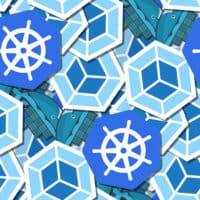
These are the 10 most dangerous Kubernetes vulnerabilities
Cloud computing is all about the combination of all kinds of separate components. In that regard, Kubernetes are essential for running applications in containers and distributing hardware resources. They are therefore widely configurable, or also called "composable," making it applicable to numerou... Read more

Winglang takes the flap out of cloud programming
Cloud is convoluted, containerised, compounded and essentially complex. In most areas of its usage and deployment, we see fundamentally intertwined enterprise software toolsets, entire platforms, lower-level dependencies and all manner of neural connection points occasionally fusing together in har... Read more











